Get in the mood for happy holidays
LED string lights are strands of small LED lights often used for indoor and outdoor decorations in celebration of holidays like Christmas and Easter, and special events. Whether to accentuate the decorative feel of the home, add a gorgeous glow to an outdoor living space, or create a beautiful allure in various commercial and public places, string lights can effortlessly help people get in the mood for happy holidays and events. String lights look whimsical no matter they are used to spice up your bedroom, living room, dining room or hallway. A beautiful house demands attention by default, but when it’s decorated with string lights they can instantly add sparkle and enjoyment to your outdoor spaces. Adorn trees, fences and shrubs with string lights to create stunning holiday light displays with ease. Hang them over your porch or a covered patio to create a unique and enchanting atmosphere. String lights have a unique ability of making any space feel more special and there is no shortage of breathtaking visuals to do with them.
LED string lights
A string light consists of an array of light sources spaced evenly along a wire. The types of light sources used in string lights vary considerably and can include incandescent, neon, fluorescent, and light-emitting diodes (LEDs). These light sources come in different shapes and sizes, e.g., 5MM, T5, M5, G12, C6, C7, C9, G30, G40 and G50. The notoriously power-hungry, short-lived incandescent lamps had dominated the applications until the advent of LEDs. LEDs are semiconductor devices that emit light through electroluminescence. Specifically, when a bias is applied across the p-n junction, holes and electrons are injected into the active layer (quantum well) where they recombine with each other releasing energy in the form of photons. Since LEDs produce optical radiation within a small semiconductor package, the form factor of the light source is fundamentally changed. The term ‘light source’ in the era of solid state lighting is no longer synonymous with glass enveloped light bulbs. LEDs are directly used to create strings of light. However, LED string lights are also available in designs that use retrofit LED bulbs to replicate the look and feel of incandescent filament bulbs.
Light color
LED string lights come in a variety of color options such as warm white, cool white, red, green, blue, orange, amber, yellow, pink, and purple. Traditional light sources and some retrofit LED bulbs produce colored light by subtracting some wavelengths of light from white using colored bulb envelops. The LED technology platform offers the ability to engineer the spectral power distribution (SPD) for color customization of the light. The desired emission wavelength of a narrowband LED and the color of the light emitted by the LED can be tailored by adjusting the band gap energy of the semiconductor materials that form the multiple quantum well (MQW). The color of white light emitted by a phosphor-converted LED can be modified using a phosphor down-converter with a tailored spectral composition. LED products can also be designed to emit light in almost any color through addition color mixing. The color mixing system is comprised of red, green, blue LEDs and is commonly supplemented with a white or amber LED to expand the color gamut.
Color changing lights
A color changing LED string light is string of RGB, RGBW or RGBA LEDs. Individually dimming each of the component LEDs can produce any color desired. Simple switched or dimmed string lights are static or non-addressable lights. The entire section or length of the string is controlled collectively. Addressable LED string lights allow an individually LED or discreet groups of LEDs to be independently controlled, which translates to the ability to display different colors and different intensities over the length of a string light simultaneously. Non-addressable string lights are connected to an external dimmer or RGB controller. Addressable lights use LEDs that have on-board drivers and microcontrollers. The microcontroller provides an interface between the computer and the LEDs, making it possible to use computer software to generate content for an SD card. Addressable string lights are generally app-controlled. All at your fingertips, lighting can be personalized to match any moment.

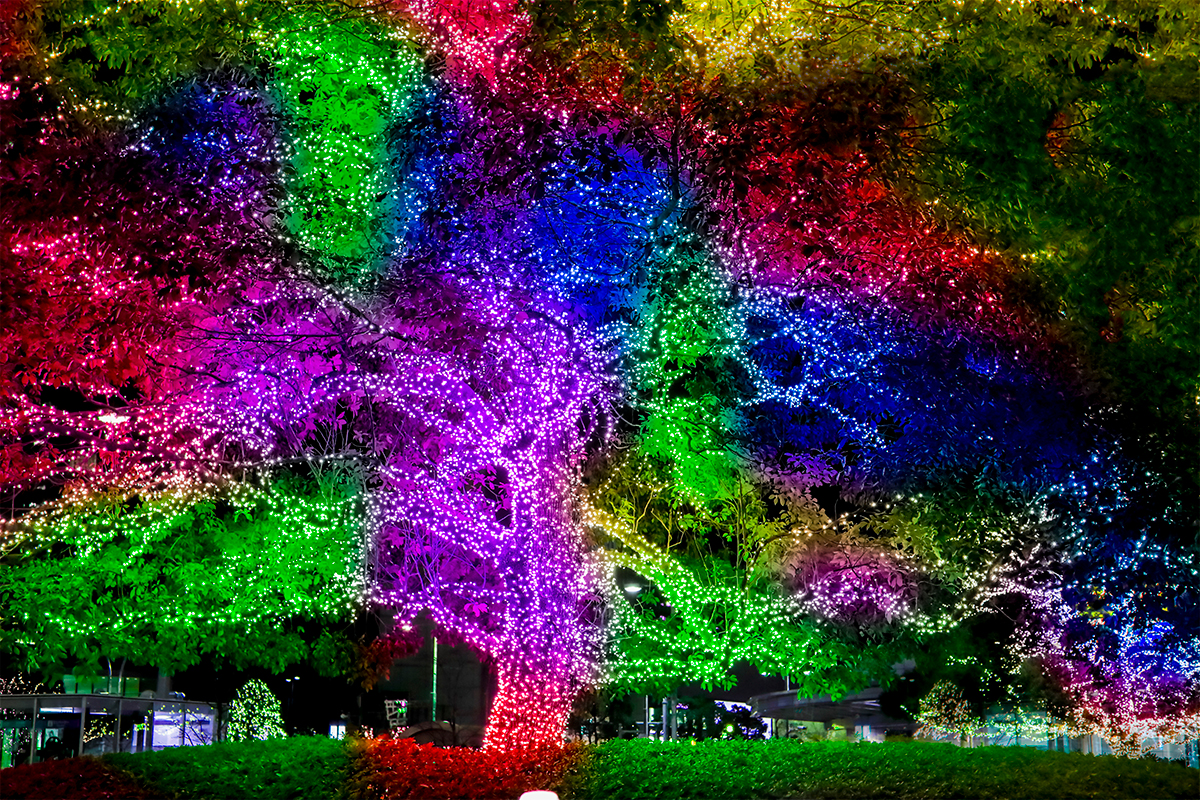
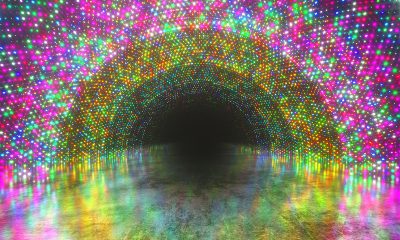
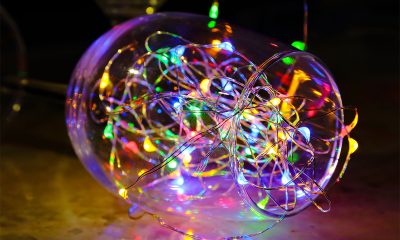
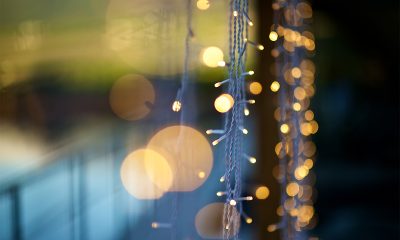
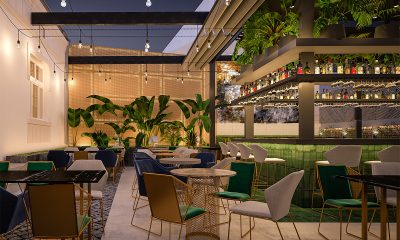








Loading...